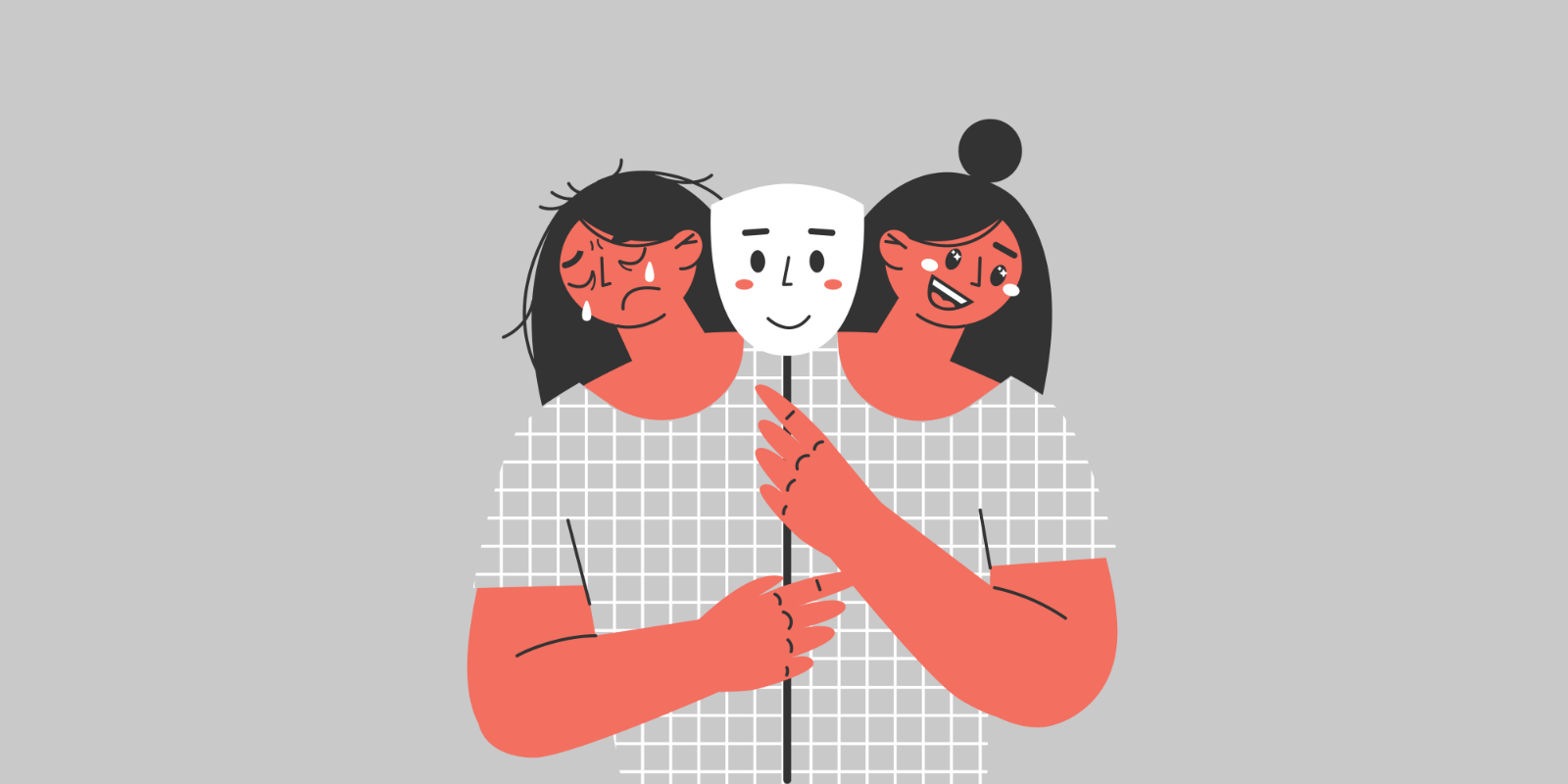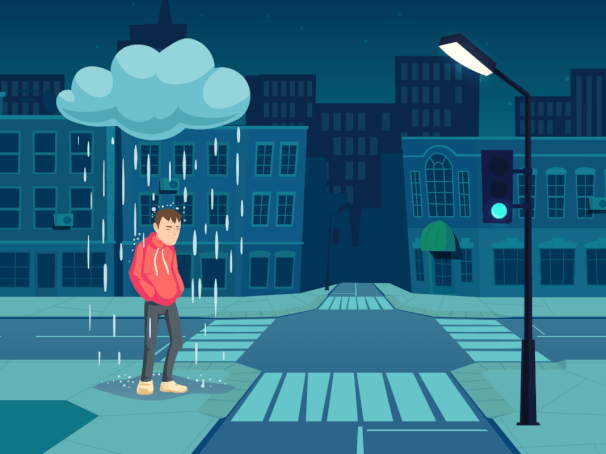
Bipolar disorder and panic disorder are two mental conditions that can be highly disruptive to an individual’s ability to function. Unfortunately, they are also very likely to coincide, having what mental health professionals call a “high rate of comorbidity.” In fact, roughly one in every five persons with bipolar disorder also experiences panic disorder.
This article will provide an overview of how to tell panic attacks from the manic states typical of bipolar disorder, the factors that make it more likely for you to have panic disorder, and what you can do to treat your panic disorder if you are also suffering from bipolar disorder.
Panic vs. Manic – How to Tell the Difference
Both bipolar disorder and panic attacks are difficult conditions. But they're also treatable. They simply take a commitment to treating and the willingness to try different solutions until you find one that works for you.
Manic states in people with bipolar disorder cause feelings of being high strung and out of control, which may be difficult to differentiate from panic attacks. However, there are certain symptoms that divide manic episodes from panic attacks. Compare the following symptoms to find out if you may have a concurrent panic disorder alongside your bipolar disorder.
Symptoms of mania in bipolar disorder include:
- Restlessness, inability to relax
- Irritability and aggression
- Racing thoughts and speech
- Inability to concentrate
- Sleeplessness
- Impaired judgment
- Increased likelihood of substance abuse
These are both symptoms of mania and symptoms of anxiety, which is why some people confuse the two. It's the following additional symptoms that are specific to mania:
- Being highly energetic and active
- An overall euphoric mood
- Increased impulse to buy things
- High sex drive
- Unrealistic perception of personal abilities (fewer recognized limits)
- Denial that behavior is unusual or unhealthy
If you experience all of the above symptoms on a regular basis, alternating with major depression, you are likely suffering from bipolar disorder. If you regularly experience the above symptoms but not the latter, you may only be suffering from an anxiety disorder.
Panic attacks can occur in the midst of either manic or depressive states in people with bipolar disorder, though they are more likely to occur during manic states. A legitimate panic attack involves 4 or more of the following symptoms:
- Increased heart rate
- Shortness of breath
- Sweating
- Shaking
- Nausea
- Dizziness
- Depersonalization
- Derealization
- Sensation of losing control or “going crazy”
- Fear of dying
A panic attack usually peaks after 10 minutes of a combination of the above symptoms. If the panic attacks are occurring due to panic disorder, they often have no specific trigger and occur without warning.
Signs that Increase the Likelihood of Concurrent Disorders
Bipolar disorder and panic disorder are two entirely different disorders. Despite some of their similarities, they are diagnosed separately, because one involves severe panic attacks and a fear of panic attacks, and one involves severe depression and a manic state.
If you feel that you have anxiety often, especially after mania, and you experience panic attacks or find yourself "clued in" to the way your body feels on a regular basis, your chances of developing both increases. It should also be noted that panic attacks increase your risk of developing depression. But you have to have mania for it to be considered bipolar disorder.
No matter what, the risk of severe depression from panic attacks makes it even more important to treat your anxiety and your bipolar disorder quickly.
How to Treat Co-Occurring Anxiety and Bipolar Disorders
Because of the extreme behavior and physical effects associated with both bipolar disorder and panic disorder, it is important to seek professional help if you believe you are suffering from either or both. The following treatment tips will point you in the right direction towards what kind of help you should seek from others, and also what you can do yourself to work towards overcoming your disorders.
- Mood Stabilizers BEFORE Antidepressants Because antidepressants, the type of medication most commonly prescribed for anxiety disorders, can increase mania in people with bipolar disorder, mood stabilizing medications should be the first course of action in treating these concurrent disorders. If and when antidepressants are prescribed, it is recommended that they are taken in low doses if at all. Still, always take the advice of your doctor, as every person responds differently.
- Cognitive Behavioral Therapy Cognitive behavioral therapy, or CBT, is shown to be helpful in treating both anxiety and bipolar disorders. CBT is short-term psychotherapy that, in the treatment for bipolar disorder and panic attacks, focuses primarily on cognitive restructuring (replacing unhealthy beliefs and thought patterns with more healthy ones), and relaxation techniques.
- Work On Sleeping Sleeplessness and insomnia increase the likelihood of both manic episodes and panic attacks. Getting enough sleep is therefore very important. While both anxiety and bipolar disorder can make sleeping complicated, there are some practices you can adopt to make sleeping easier. For example, you can create a bedtime routine. Routines are sources of stability and comfort and will help you to feel like you have more control over your body’s functions. A bedtime routine that may encourage sleepiness might involve choosing a reasonable bedtime, shutting off all electronics at least an hour before that time, preparing a cup of hot, non-caffeinated tea and reading a familiar book or story to soothe your mind and give you something non-stressful to think about before you fall asleep.
- Exercise Regularly Exercise provides you with an opportunity to settle your mind by focusing on a single goal, as well as causing your body to produce extra serotonin. Serotonin is the chemical in your body associated with mood stabilization and relaxation. The more serotonin your brain finds that it needs to process, the more receptors it will create to process them, resulting in a better and more relaxed mood even when you aren’t exercising. Additionally, regular exercise will help to tire out your body and make it easier to get to sleep at night.
Both bipolar disorder and panic attacks are treatable. It's a challenge because these disorders build on each other, and often you have to find the right treatment before it will work, but you can overcome both bipolar disorder and panic attacks if you commit to treatment.











